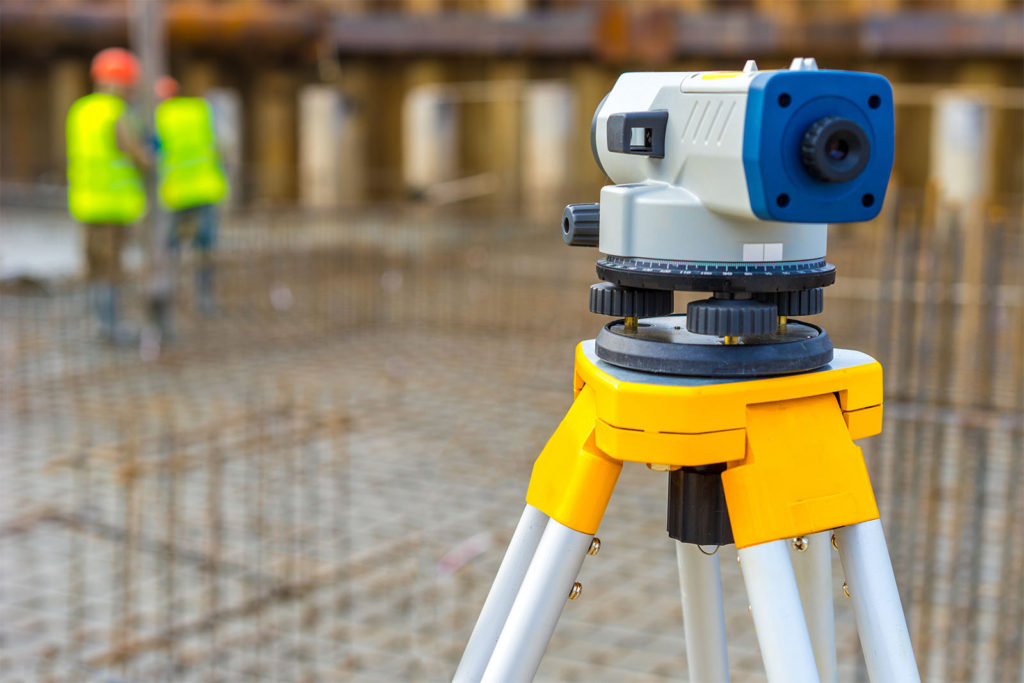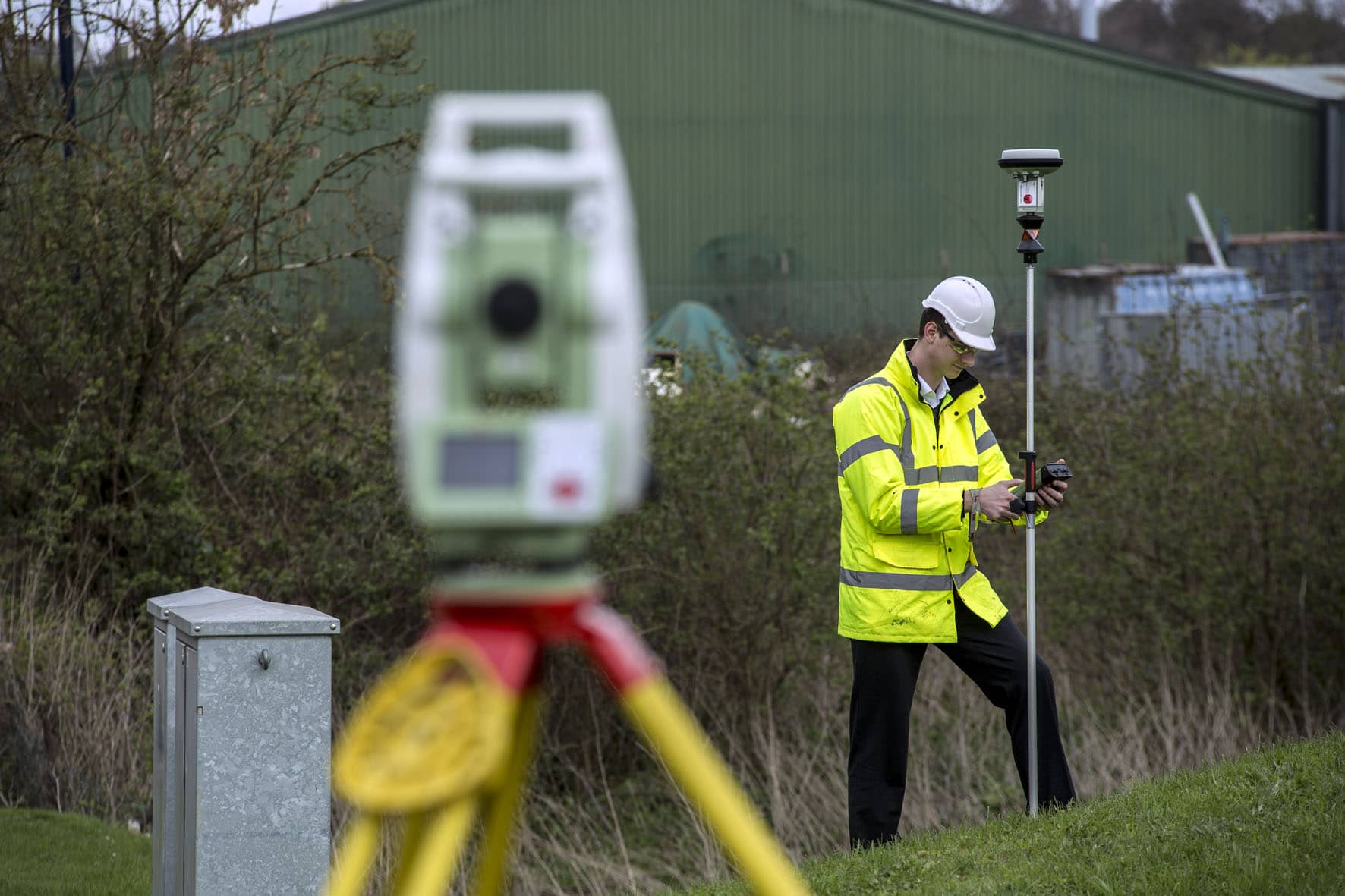Engineering Surveys: Understanding Their Role in Safe and Efficient Design
Engineering Surveys: Understanding Their Role in Safe and Efficient Design
Blog Article
Understanding the Basics of Setting Out Design for Exact Building
Setting out engineering serves as the foundation of precise construction, making certain that every job straightens with its designated layout and specifications. As we explore the ins and outs of establishing out, it ends up being obvious that also small oversights can lead to significant ramifications.
Importance of Laying Out Engineering
Laying out design is basically critical in the building procedure, as it makes certain that frameworks are properly positioned according to design requirements. The precision of laying out straight influences the total integrity and performance of the developed setting. Any type of disparities or errors during this phase can cause significant concerns, such as misalignment, architectural failure, or expensive rework.
Moreover, laying out design offers as a crucial interaction device among various stakeholders, consisting of designers, designers, and contractors. It provides a clear reference structure that overviews the construction team throughout the project, thus decreasing the threat of misinterpretation and enhancing partnership. This procedure additionally assists in sticking to regulatory standards and local codes, which are crucial for acquiring needed licenses and approvals.
Additionally, reliable establishing out adds to forecast performance by decreasing and assisting in specific dimensions material wastage. By making sure that each element is precisely positioned from the beginning, the likelihood of delays and spending plan overruns is dramatically diminished. Finally, the value of laying out engineering can not be overstated, as it is fundamental to achieving successful, certified, and sustainable building and construction end results.
Trick Concepts of Laying Out
Precise execution of setting out is governed by numerous key concepts that ensure successful execution in building jobs. Precision is vital; establishing clear referral factors and lines of sight is important for lessening errors. This includes using developed criteria and making certain that dimensions are taken constantly and properly.
Another principle is thorough planning. An extensive setting out strategy needs to represent all components of the design, including levels, measurements, and offsets. This insight minimizes inconsistencies throughout building and construction and enhances efficiency.
Reliable interaction among group members likewise plays an important role. All stakeholders need to remain in positioning relating to the project specs and laying out procedures to stay clear of misunderstandings that can cause expensive blunders.
In addition, routine verification of dimensions and positioning assists preserve accuracy throughout the building and construction process. This can include regular checks versus existing site functions or reference factors to ensure that the job holds to the designated design.
Devices and Equipment Required
Fundamental devices include the overall station, which integrates electronic theodolite and distance measuring abilities, enabling accurate angle and distance dimensions. Engineering surveys. Additionally, a leveling instrument, such as a laser degree or optical degree, is essential for establishing horizontal aircrafts and slopes
Gauging tapes, ranging from standard steel tapes to extra innovative digital alternatives, offer essential performance for straightforward direct measurements. Marker tools, including chalk lines and stakes, are critical for picturing reference factors on-site.
In even more complex jobs, GPS evaluating equipment can enhance precision over bigger distances, while 3D scanners can help in verifying status quo. Sustaining devices such as plumb bobs and string lines are likewise important for making certain vertical alignment and straight lines.
Ultimately, investing in high quality tools and preserving them routinely substantially adds to the total success of laying out engineering, facilitating a structured building procedure that follows design specs.
Typical Techniques for Precision
Achieving precision in laying out design demands the application of certain techniques that boost dimension accuracy. Among the fundamental strategies is triangulation, which uses the residential or commercial properties of triangles to establish places with high precision. By measuring the lengths of two sides and the angle in between them, designers can properly place points on-site.
One more necessary strategy is the use of leveling tools, such as laser levels or automatic degrees. These devices give a regular reference aircraft, ensuring that all dimensions are taken from a typical standard. Routine calibration of these instruments is essential to preserve their precision.

Obstacles and Solutions in Setting Out
Browsing the intricacies of laying out engineering offers various challenges that can impact task results. One significant difficulty is the dependence on precise dimensions and placements; also small errors can result in significant inconsistencies in building. Outside variables such as ground conditions, weather, and website availability better make complex the process, necessitating adaptable strategies.
To address these obstacles, using sophisticated innovation such as GPS and 3D modeling can boost accuracy and efficiency. These tools permit real-time information visit the website collection and monitoring, decreasing human error and guaranteeing adherence to design specs. In addition, applying extensive training programs for personnel involved in laying out can promote a proficient labor force experienced at taking care of possible concerns.
Communication plays a crucial duty in overcoming difficulties (Engineering surveys). Establishing clear lines of interaction amongst all stakeholders-- designers, land surveyors, and building and construction teams-- guarantees that every person is aligned with the project goals and familiar with any kind of changes to the plan. Normal website assessments and evaluations can additionally aid determine and remedy any type of disparities early at the same time, reducing the risk of costly hold-ups. By accepting these solutions, specialists can substantially improve the precision and integrity of laying out design techniques.
Verdict
In verdict, understanding the basics of setting out design is vital for accomplishing accuracy in building and construction tasks. Eventually, a solid structure in setting out engineering adds substantially to the general honesty and effectiveness of building results.
Setting out engineering offers as the foundation of precise construction, making sure that every task lines up with its intended layout and specifications.Establishing out engineering is essentially important in the building process, as it makes certain that frameworks are precisely placed according to make requirements. In final thought, the value of setting out engineering can not be overemphasized, as it is foundational to achieving effective, certified, and sustainable construction end results.

Report this page